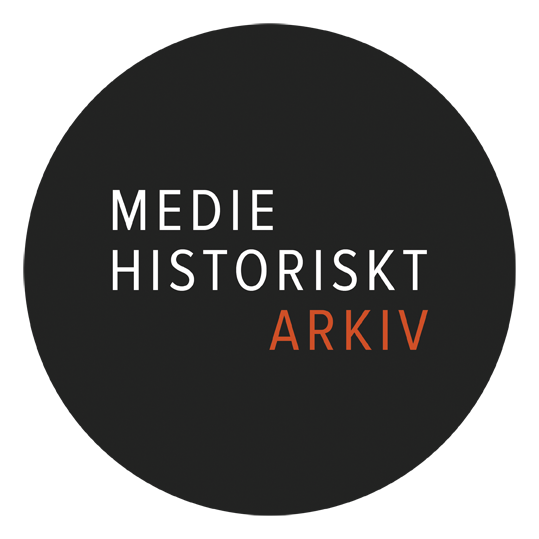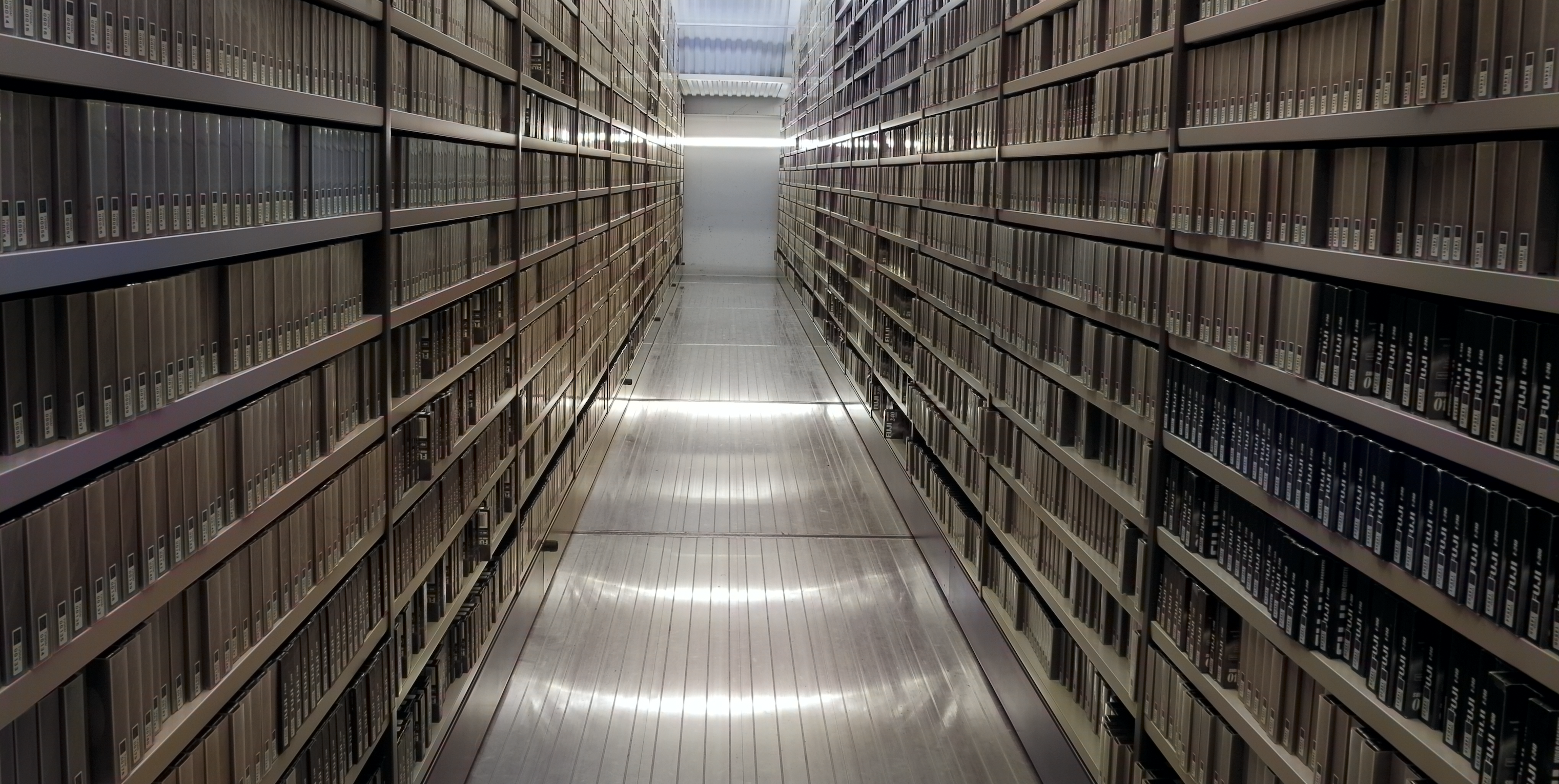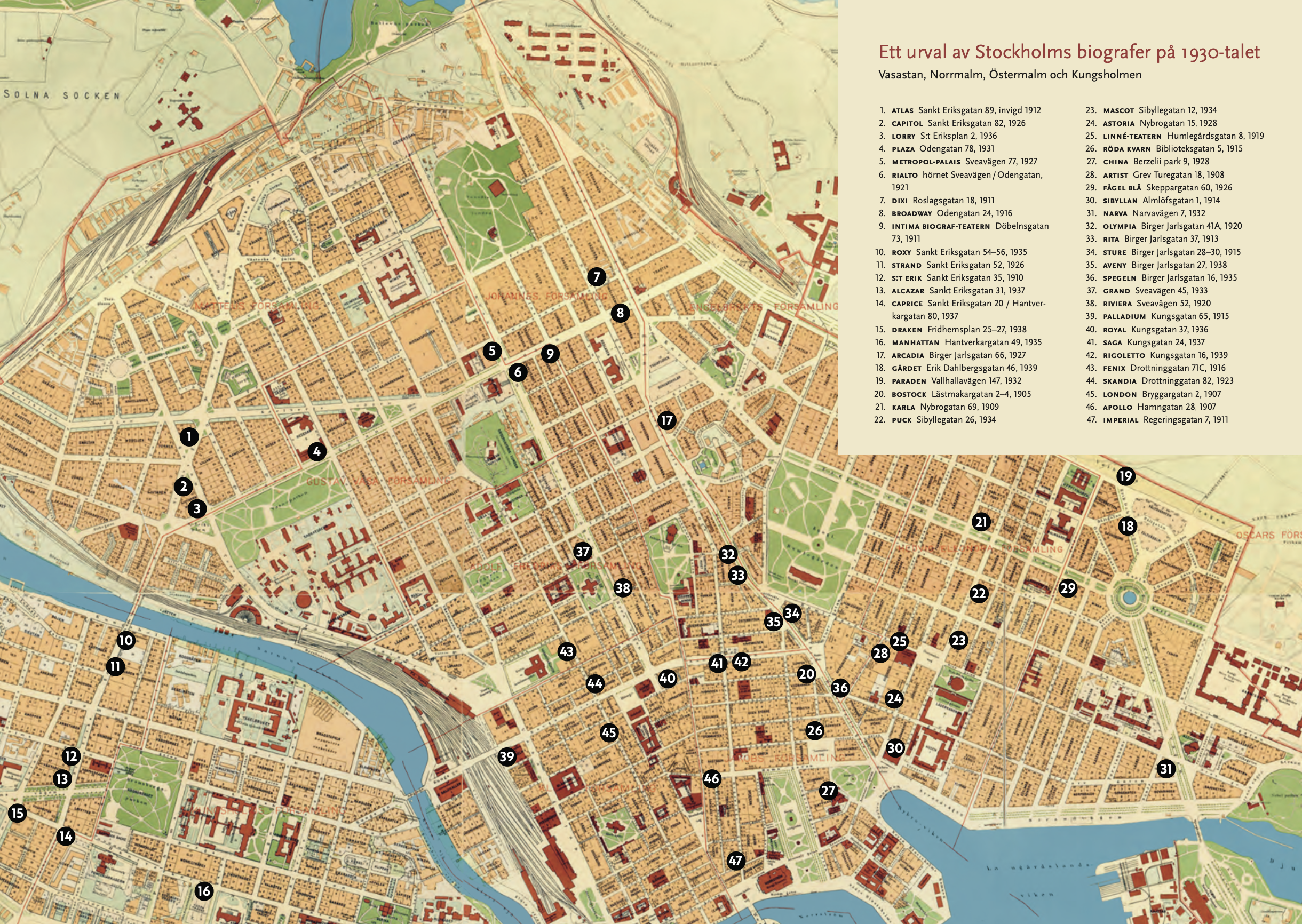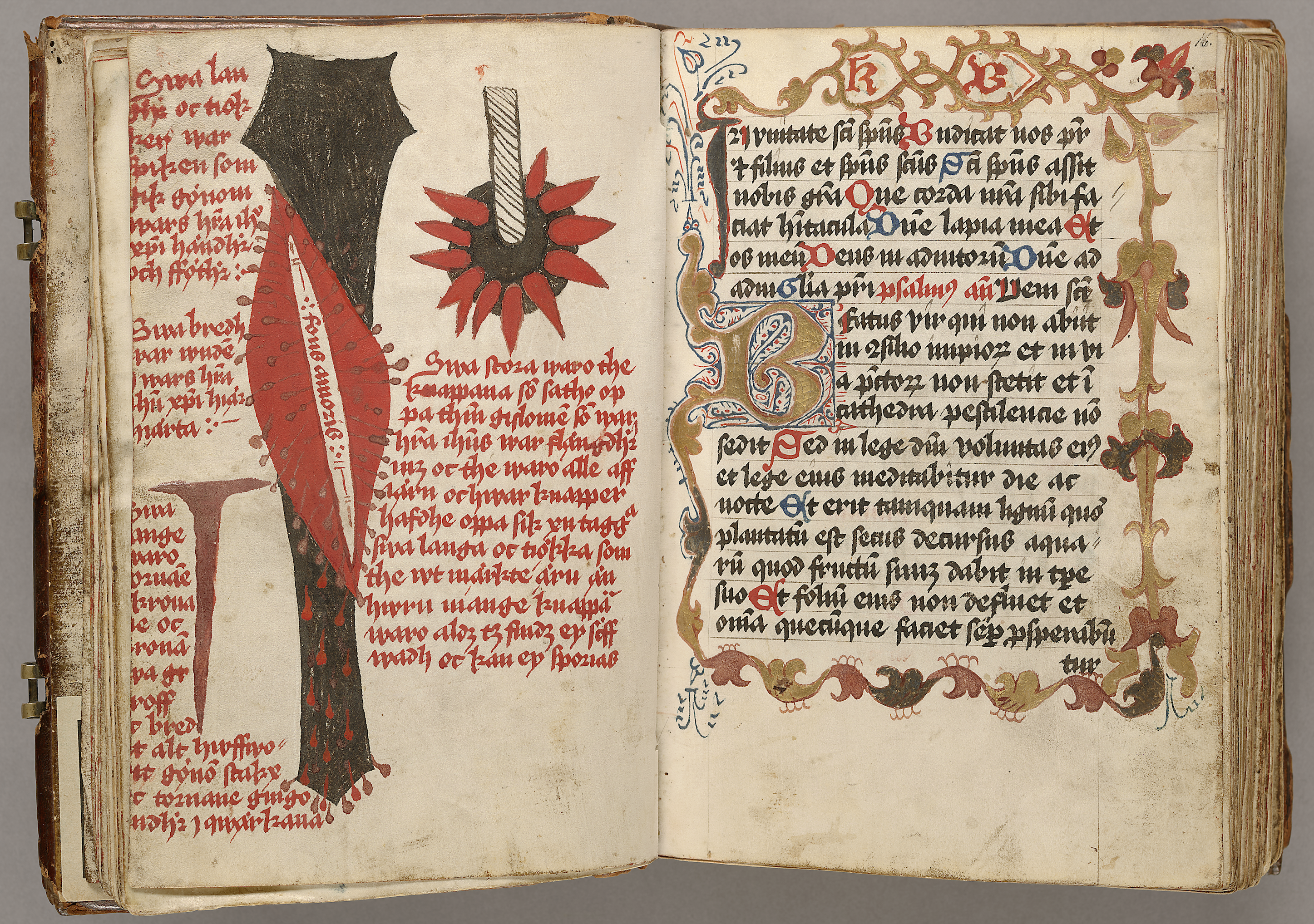Maskintankar – ny avhandling
Under perioden 1965 till 1980 övergick det digitala från att ha varit en angelägenhet för ett fåtal experter till att i allt högre grad genomsyra hela samhället. Samtidigt introducerades cybernetiken som ytterligare utmanade traditionella föreställningar om kropp, identitet och subjektivitet. Genom analyser av såväl science fiction och experimentell prosa som mer traditionella romaner och visuellt och språkligt utforskande poesi, visar Jakob Lien i sin bok Maskintankar hur litteraturen både formade och formades av dessa omständigheter. Långt innan dagens föreställningar om en digital litteratur skriven för och läst på skärm ställde författare och kritiker frågor om människa och maskin, språk och kod, naturligt och artificiellt. Från medieekologiska och mediearkeologiska utgångspunkter tecknar boken en historia som pekar in i och sätter vår samtida belägenhet i perspektiv och visar hur äldre föreställningar kopplade till det digitala fortsätter att informera och påverka dagens litteratur och kultur.
Jakob Lien är litteraturvetare – Maskintankar: Sammankopplingar av människan och det digitala i svensk litteratur 1965–1980 – är hans doktorsavhandling. Boken kan fritt laddas ned här:






